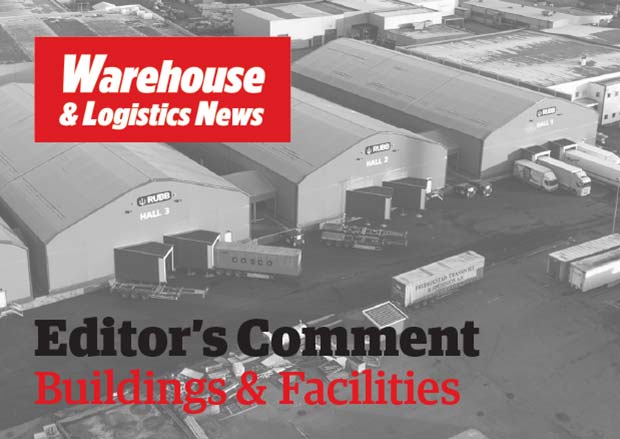With over 15 million people in the UK having received their first Covid-19 vaccination and the number of Covid cases falling, thoughts are beginning to turn to a return to the workplace. Even after the mass vaccinations, fears will remain about the spread of the virus. Facilities managers therefore have a crucial role in ensuring buildings are ready to be occupied once more. At the same time, they have to keep workers socially distanced according to Government guidelines. With many companies still not sure of their long-term plan for returning staff to work or how many people can be accommodated under social distancing measures, it is important to be flexible.
This article was first published in the March 1st 2021 issue of Warehouse & Logistics News, subscribe to the magazine by clicking here.
 Even without Covid-19, a warehouse facilities manager has to cope with numerous problems including fire, hygiene, cleanliness, theft, arson, rodents, soiled goods from contaminated air and heating and humidity issues. Fire sprinklers need to be regularly serviced, backed up by CCTV and warning alarms connected to police or fire stations.
Even without Covid-19, a warehouse facilities manager has to cope with numerous problems including fire, hygiene, cleanliness, theft, arson, rodents, soiled goods from contaminated air and heating and humidity issues. Fire sprinklers need to be regularly serviced, backed up by CCTV and warning alarms connected to police or fire stations.
There is a severe shortage of logistics property available in the UK and even if a company can find property that suits them, the upheaval of relocation would impact operations too much at a time they can ill afford for a dip in operational performance. From the initial customer enquiry, temporary building rental company Lauralu can have a fully operational temporary building on its client’s site within three weeks.
Hart Door Systems Ltd has chosen to rent its new storage structure from Rubb Buildings. The structure was previously rented as storage for a furniture specialist. After two years of rental, it was returned to Rubb and given new life as a rental with Hart. Rubb was able to offer a 36-month rental contract for the 10m span x 16m long BVR type storage building, featuring a sidewall height of 6m. A 4m x 4m roller shutter door provides access and egress to the storage facility, in addition to two tunnels connecting it to the factory floor.
Midlands-based Smart-Space worked with Avon Freight to provide additional storage, while meeting the need for efficient loading and unloading of vehicles. Two buildings pitched side-by-side provided exactly what was required. With access points from the front, between the buildings and into the adjoining warehouse, the canopy and warehouse provided the functionality needed by Avon Freight’s operations team.
Arganto installed a 10m x 30m x 5.2m insulated temporary building for Crown Paints. As part of a complete project management service, Aganto carried out a sub site scan on to check the location of underground services (electric and gas pipework) and drains before work commenced. The design of Aganto buildings allows the aluminium frames to be anchored to any level hardstanding, so the dual concrete and tarmac surface caused no issue.
No matter how much click and collect eats into traditional deliveries, the case for increased warehouse storage remains strong. Whichever way shoppers choose to receive their goods, the fact remains that they will need warehouse storage, whether it be urban or traditional.
George Simpson
Features Editor




Comments are closed.